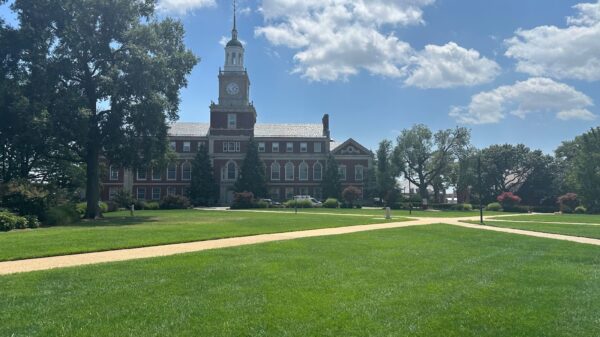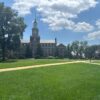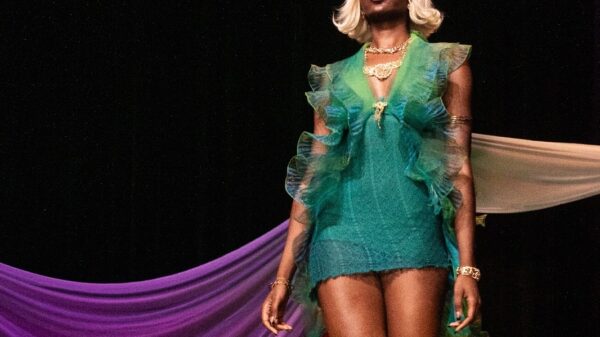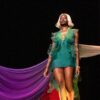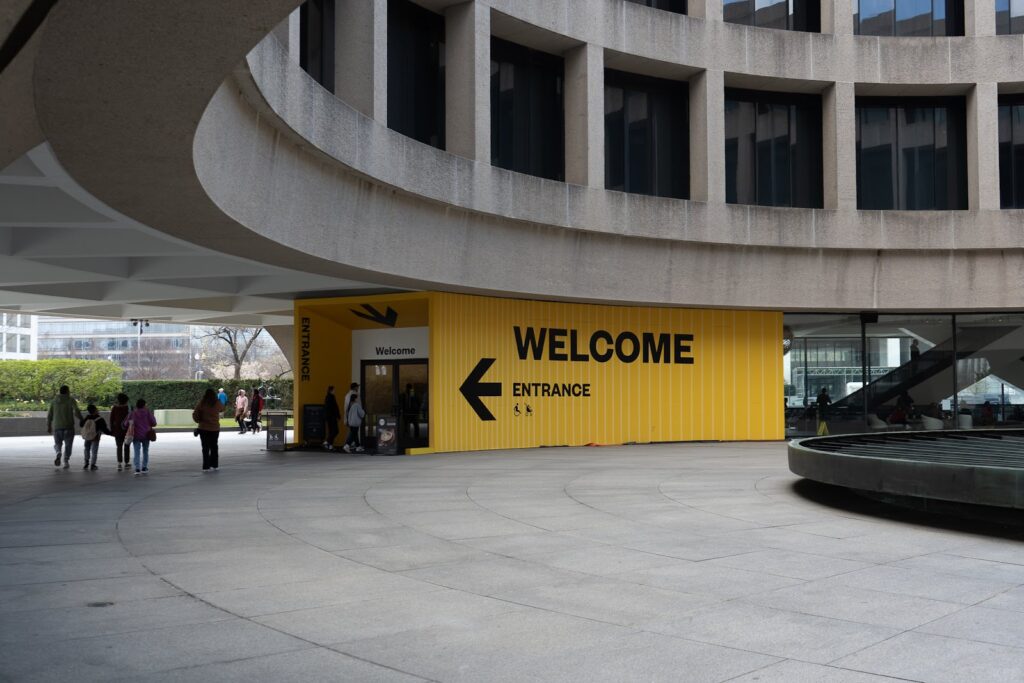
In celebration of its semi-centennial anniversary, the Smithsonian’s Hirshhorn Museum and Sculpture Garden presents “Revolutions: Art from the Hirshhorn Collection, 1860-1960.”
Opened in 1974, The Hirshhorn Museum and Sculpture Garden houses a personal collection of over 6,000 artworks donated by its namesake and founding donor, Latvian American modern art collector Joseph H. Hirshhorn.
“Revolutions: Art from the Hirshhorn Collection, 1860-1960” opened March 22 and is the first in a series of three shows that will continue to examine Hirshhorn’s collection through the late 20th century.
This first show delves into the older acquisitions of Hirshhorn’s collection.
The works currently on view look into the multifaceted depth of the societal, cultural and technological evolution that occurred from 1860 to 1960 through a multi-gallery display of 264 artworks, showcasing 122 artists.
“So, this first show, we decided to look at the very earliest work in the collection, which is around 1860, and take it all the way through 1960, which is kind of the period that we often call modern art,” Exhibition Co-curator Marina Isgro said.
Isgro says the show was arranged chronologically, aligning the dialogue with historical works.
“Our goal with that was to show how some of the techniques and subject matter that appealed to these 20th-century artists still remain really important and vital today,” Isgro said.
Co-curators Isgro and Betsy Johnson framed the exhibition as a culmination of works deemed historically significant and culturally relevant by the curatorial team working in concert with the contemporary art, chosen to act as mirrors to the history it is surrounded by, both literally throughout the gallery and in interpretation.
“It’s important to us that this history feels like kind of a living history… you know, artists today are looking back at a lot of these people as they’re making new work, and so they remain a really important part of the culture,” Isgro said.
Conceptually, Isgro and Johnson were deliberate in the arrangement of the exhibition and their utilization of each gallery.
“Marina and I are both very conscious of the fact that history is not a straight line and that art is not a progression,” Johnson said.
Each space explores the nonlinear, convoluted, extensively informative and comprehensive history told through Hirshhorn’s collection.
“You don’t create a progression, that it’s a series of inquiries, it’s a series of concerns, it’s things that emerge from cultural moments, but it’s always an attempt to kind of represent experience in some way or another. And so there’s this push and pull that happens throughout all of history, and so I think we tried to represent that,” she said.
The exhibition includes seven featured galleries, the first entitled “Modern Beginnings,” which takes an extrospective approach to portraiture and examines the inception of abstract art.
Included is Henry Matisse’s “Head of Jeannette” sculpture series, which represents the introduction of avant-garde portraiture in the late 19th century.
The traditional oil paintings to the right of Matisse’s work by Oskar Kokoschka represent the literal and cultural context of portraiture.
Throughout the show, each featured gallery has its own name, introducing viewers to the era and concept meant to be represented.
The other galleries featured in the exhibition are “Abstraction and Construction,” “Vital Forms,” “Local Visions,” “Aftershocks,” “Gestures and Myths” and “New Realities.”
“Revolutions: Art from the Hirshhorn Collection, 1860-1960” is currently on view at the Hirshhorn Museum and Sculpture Garden until April 20, 2025.
Copy edited by Jalyn Lovelady


